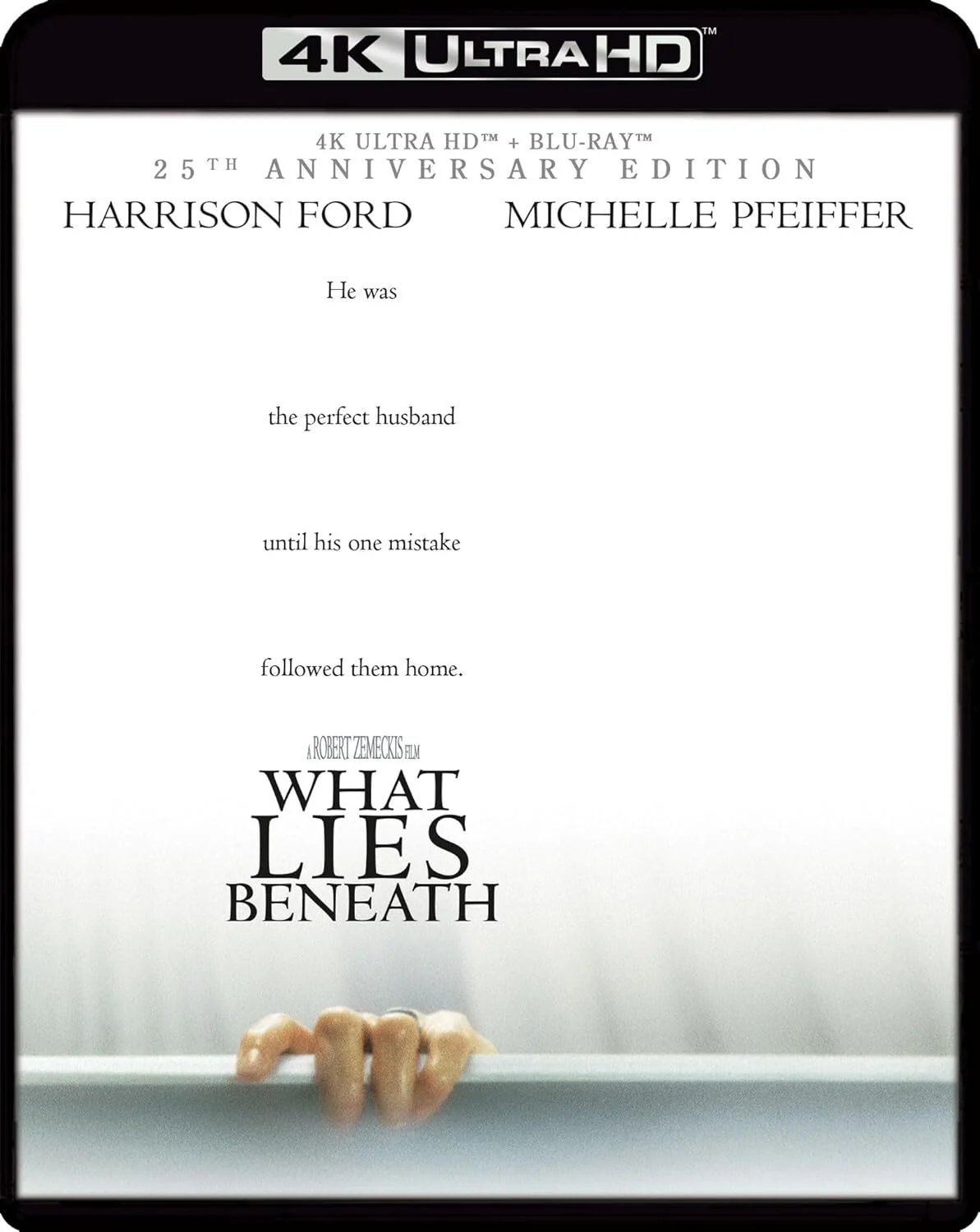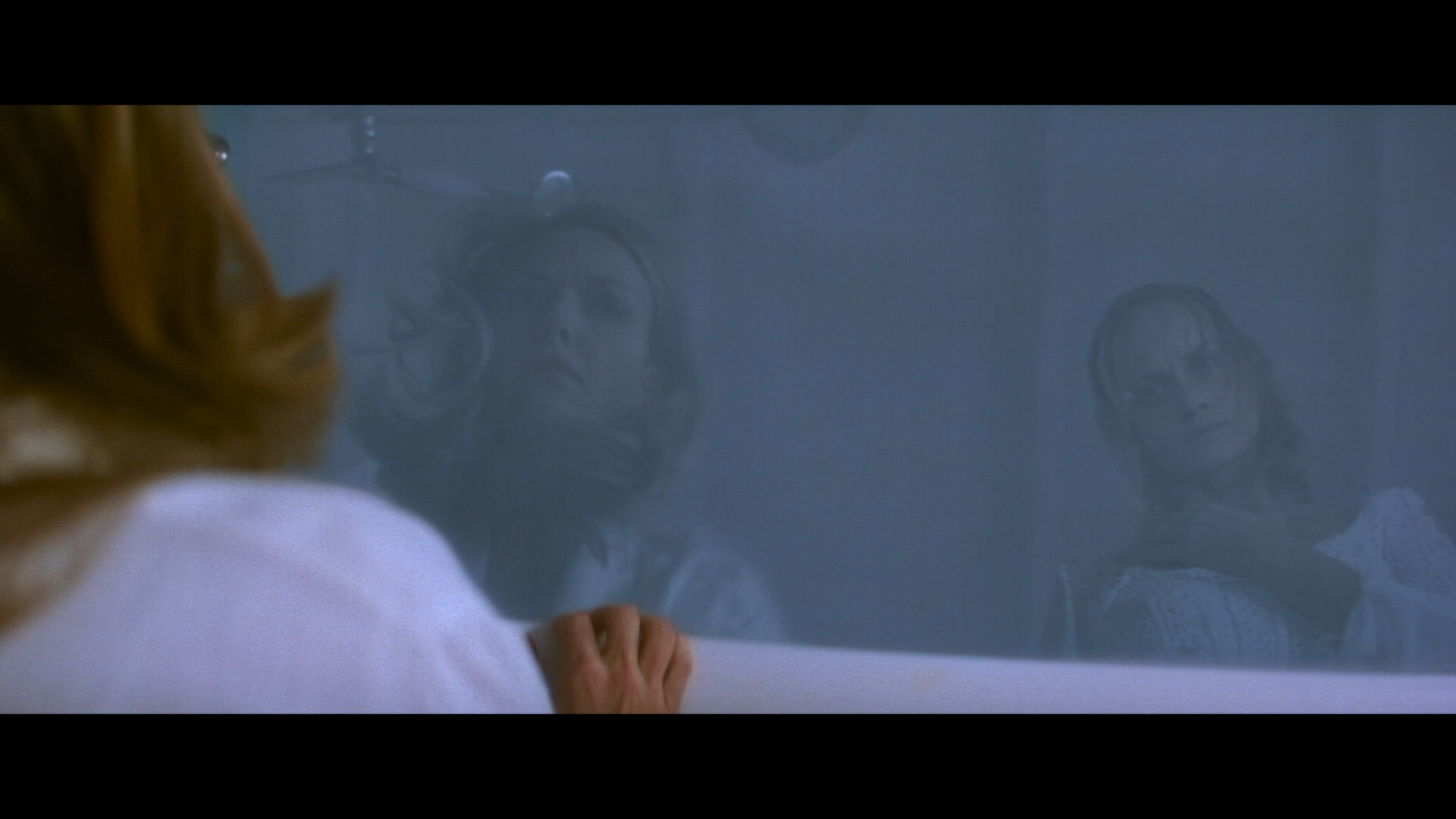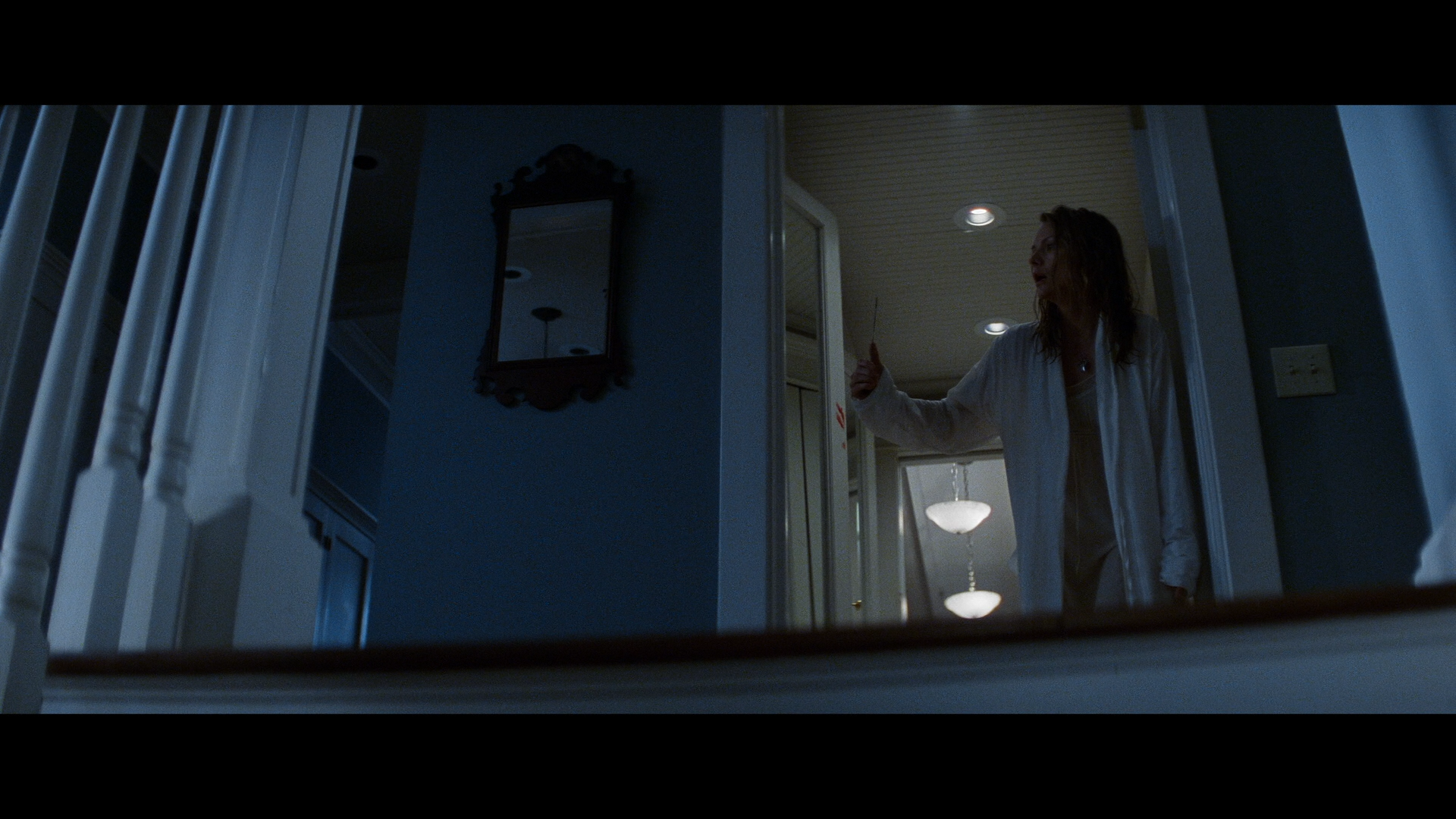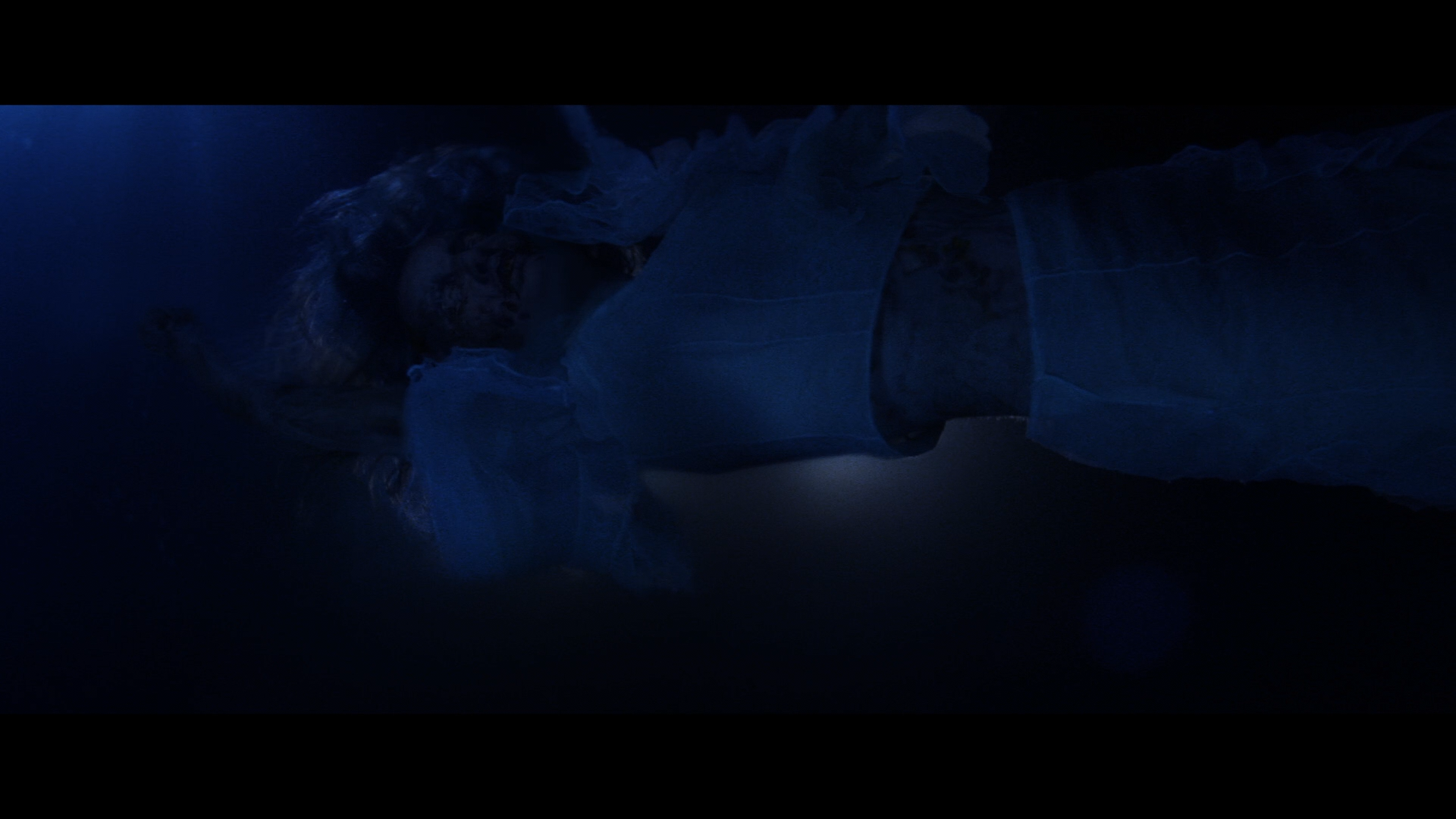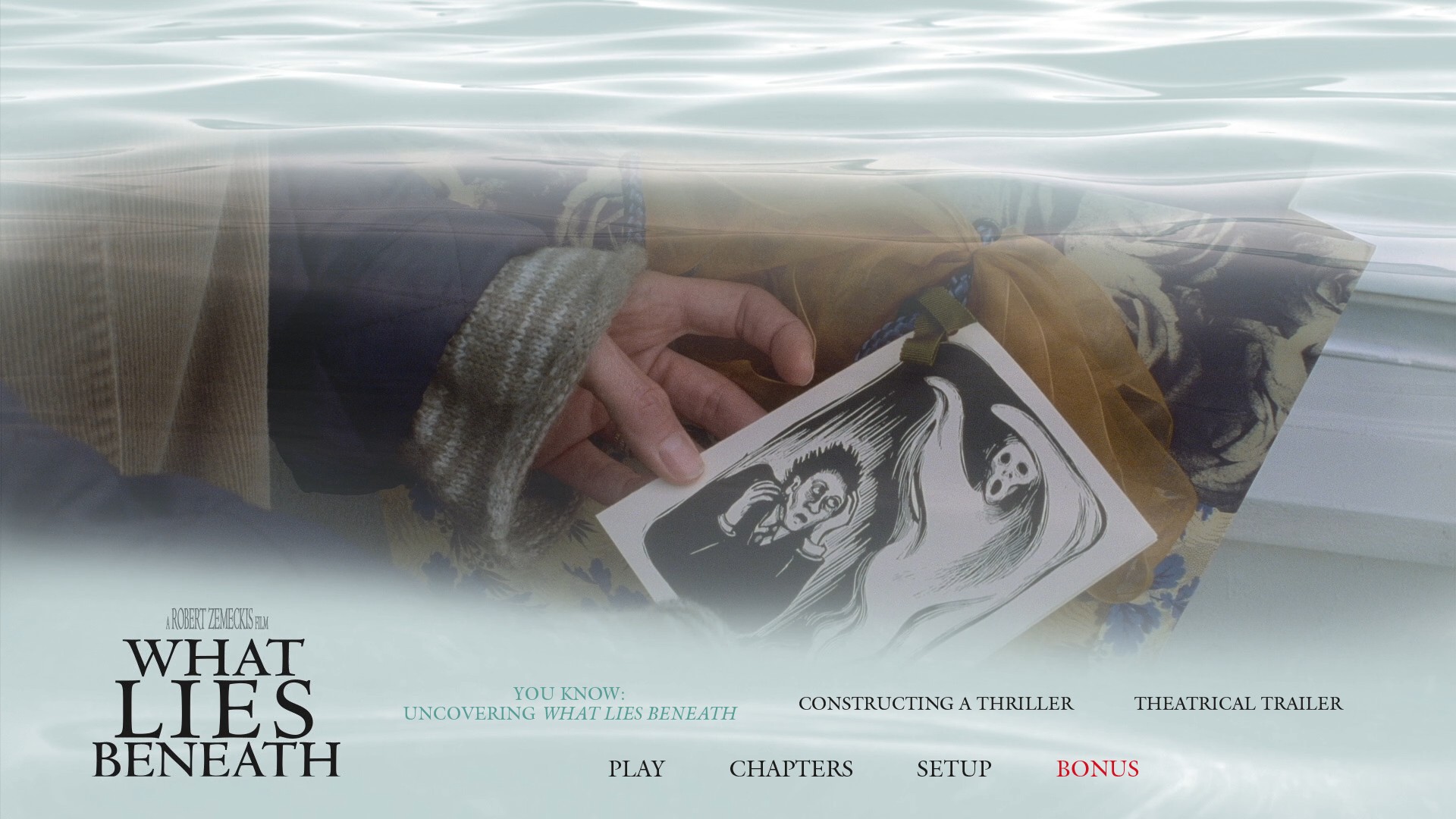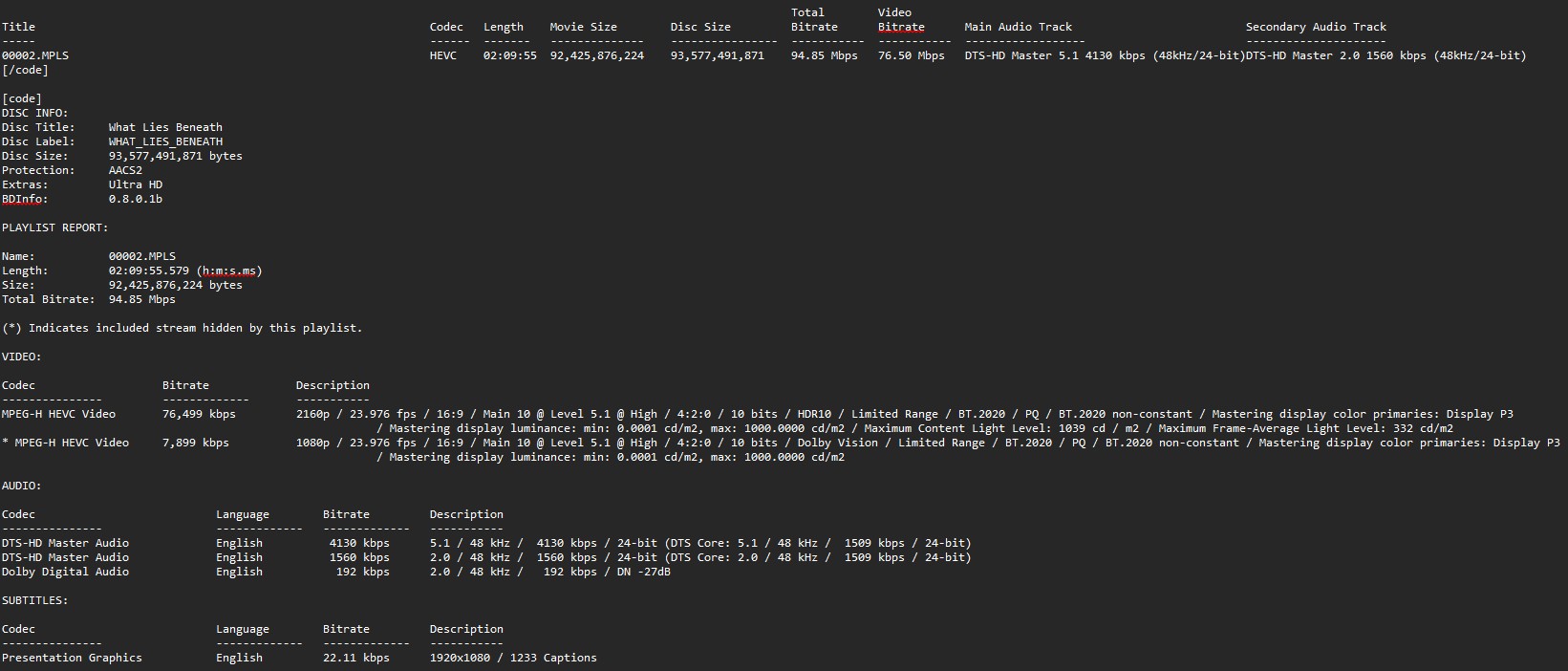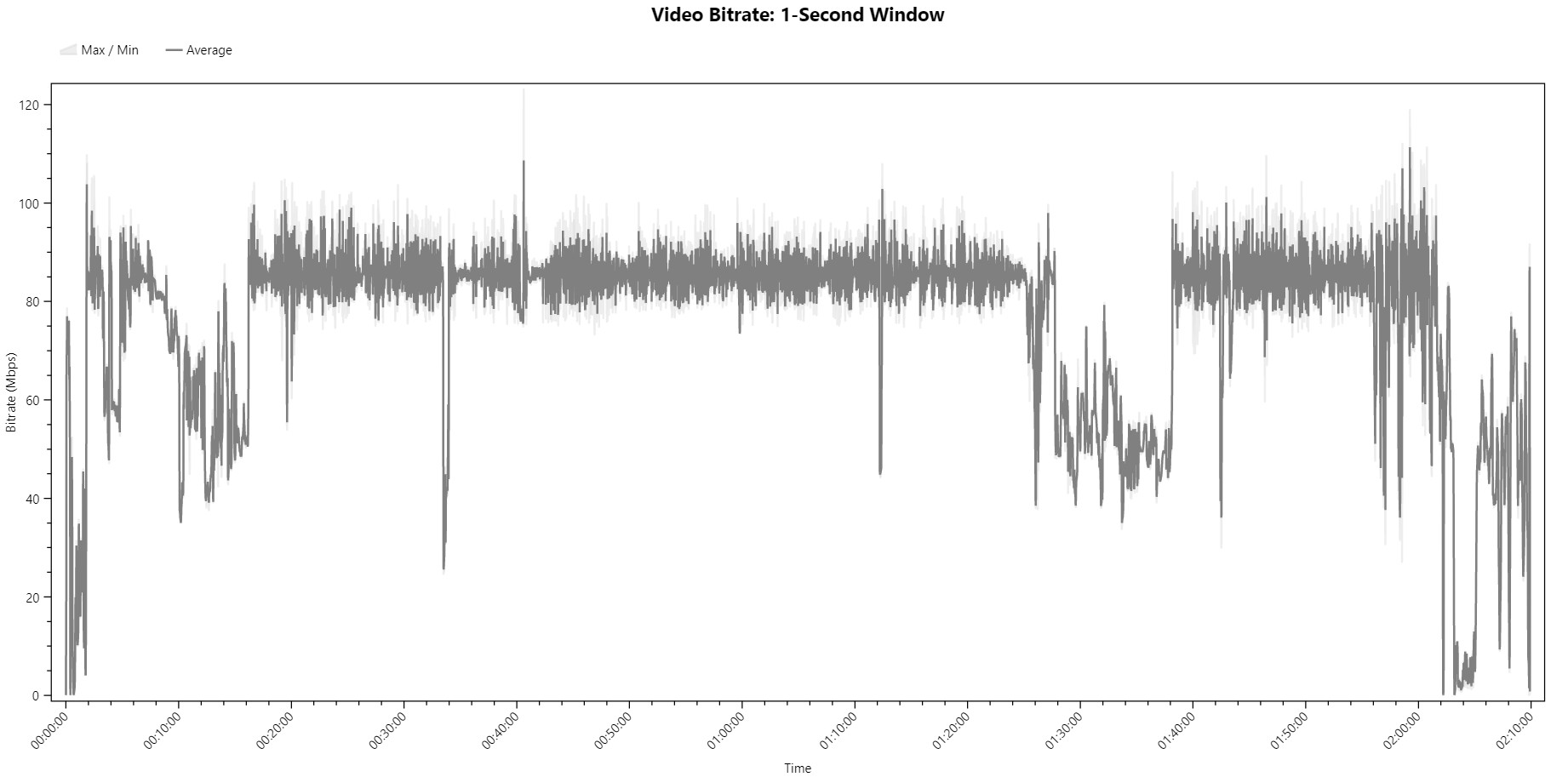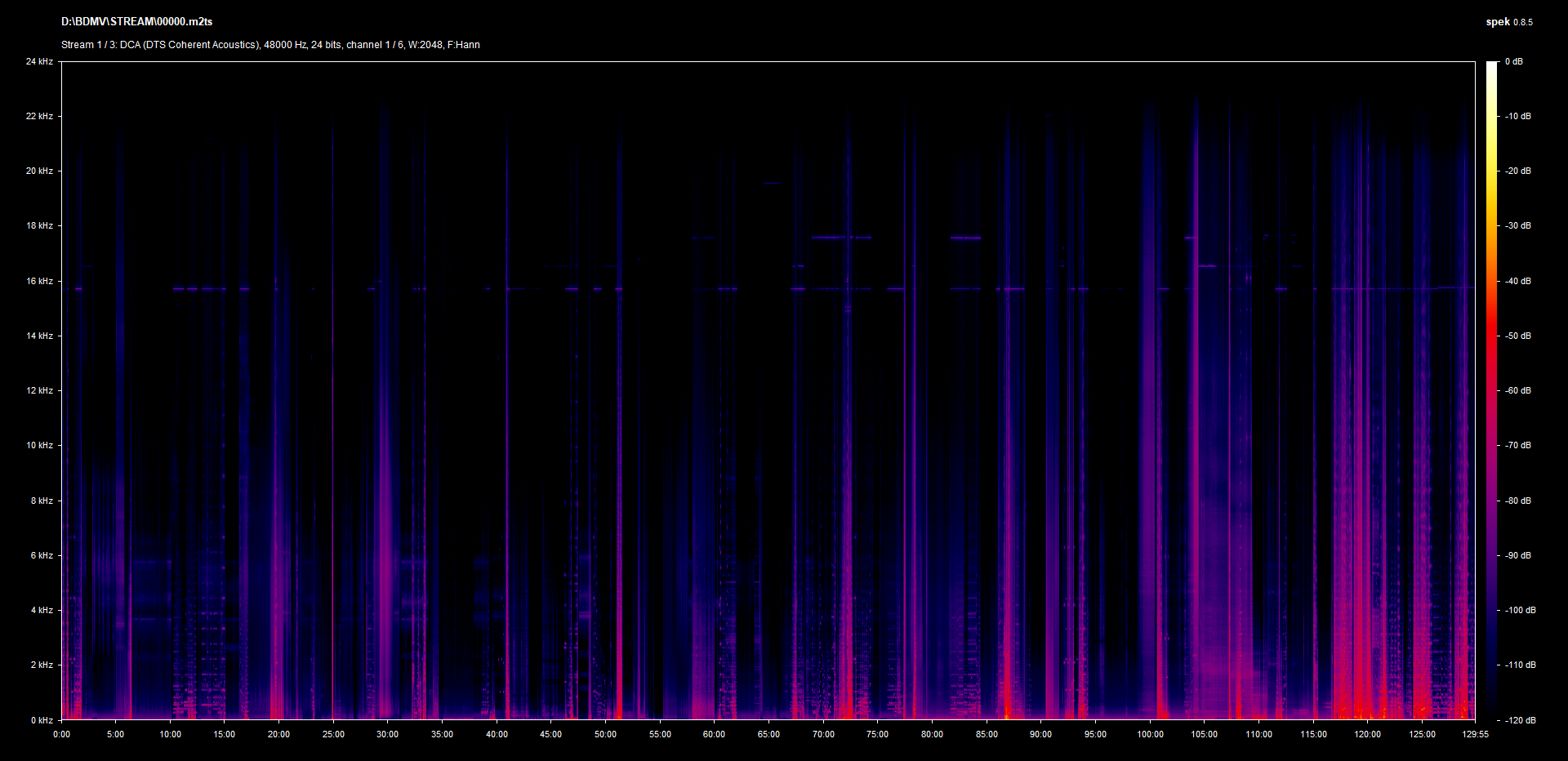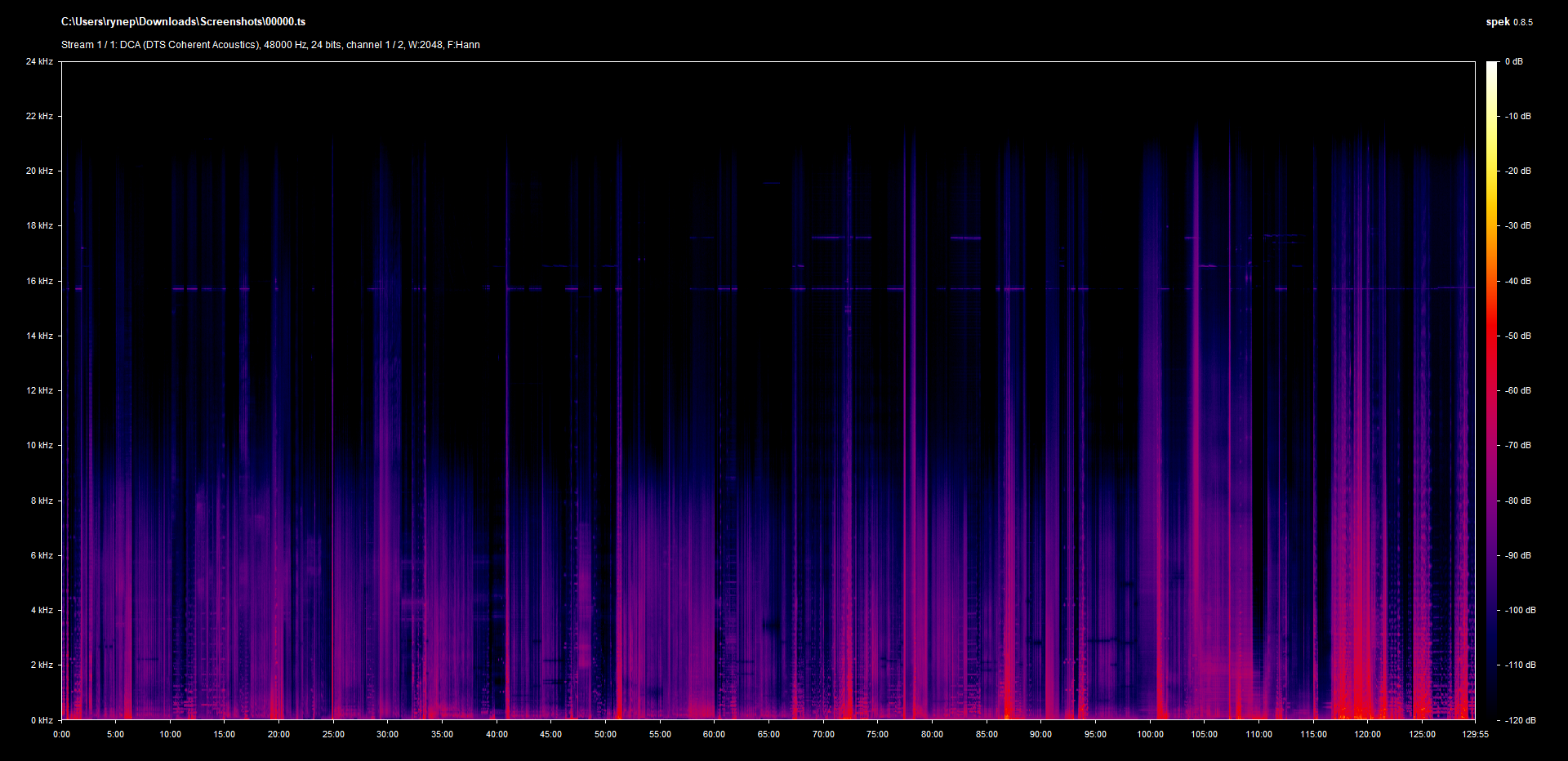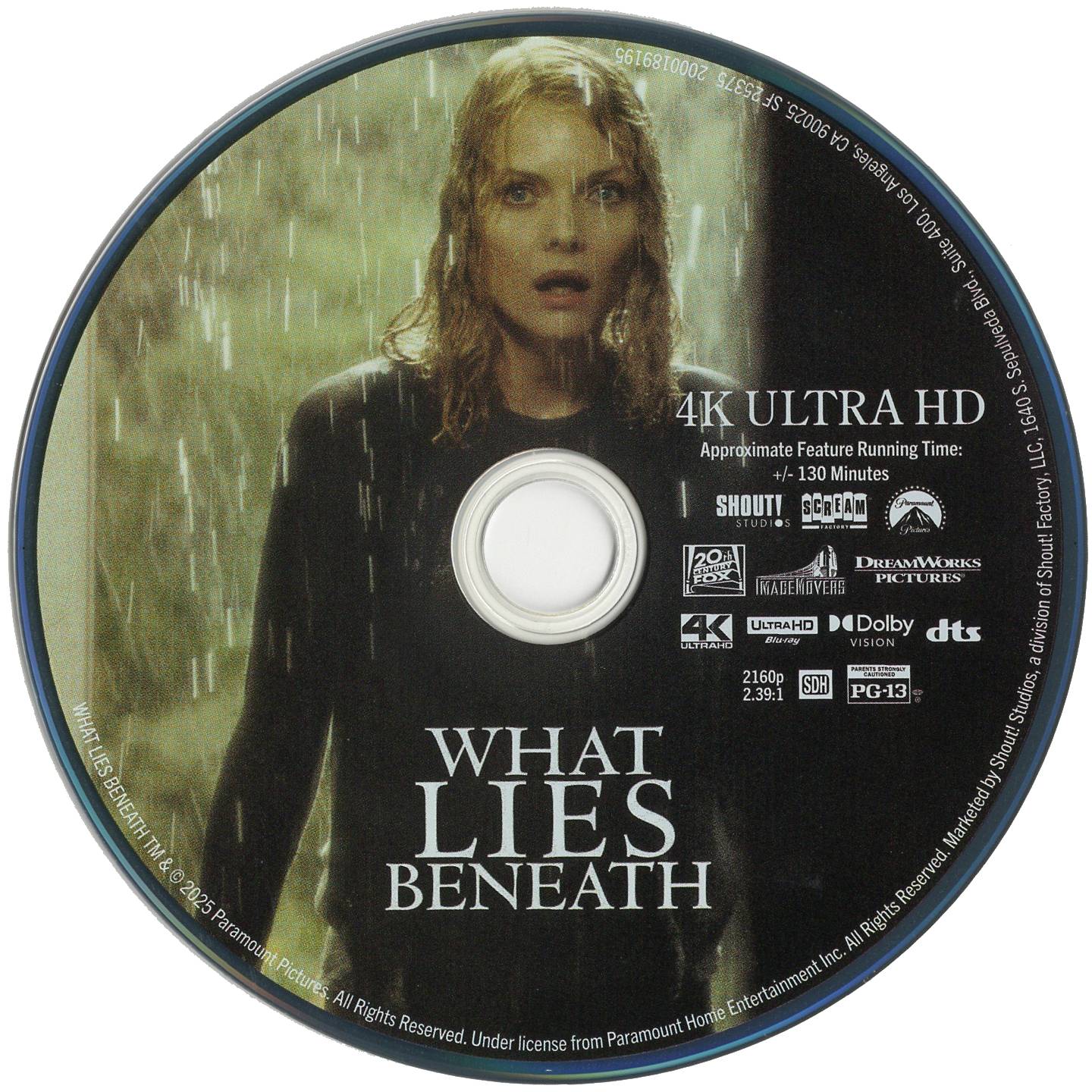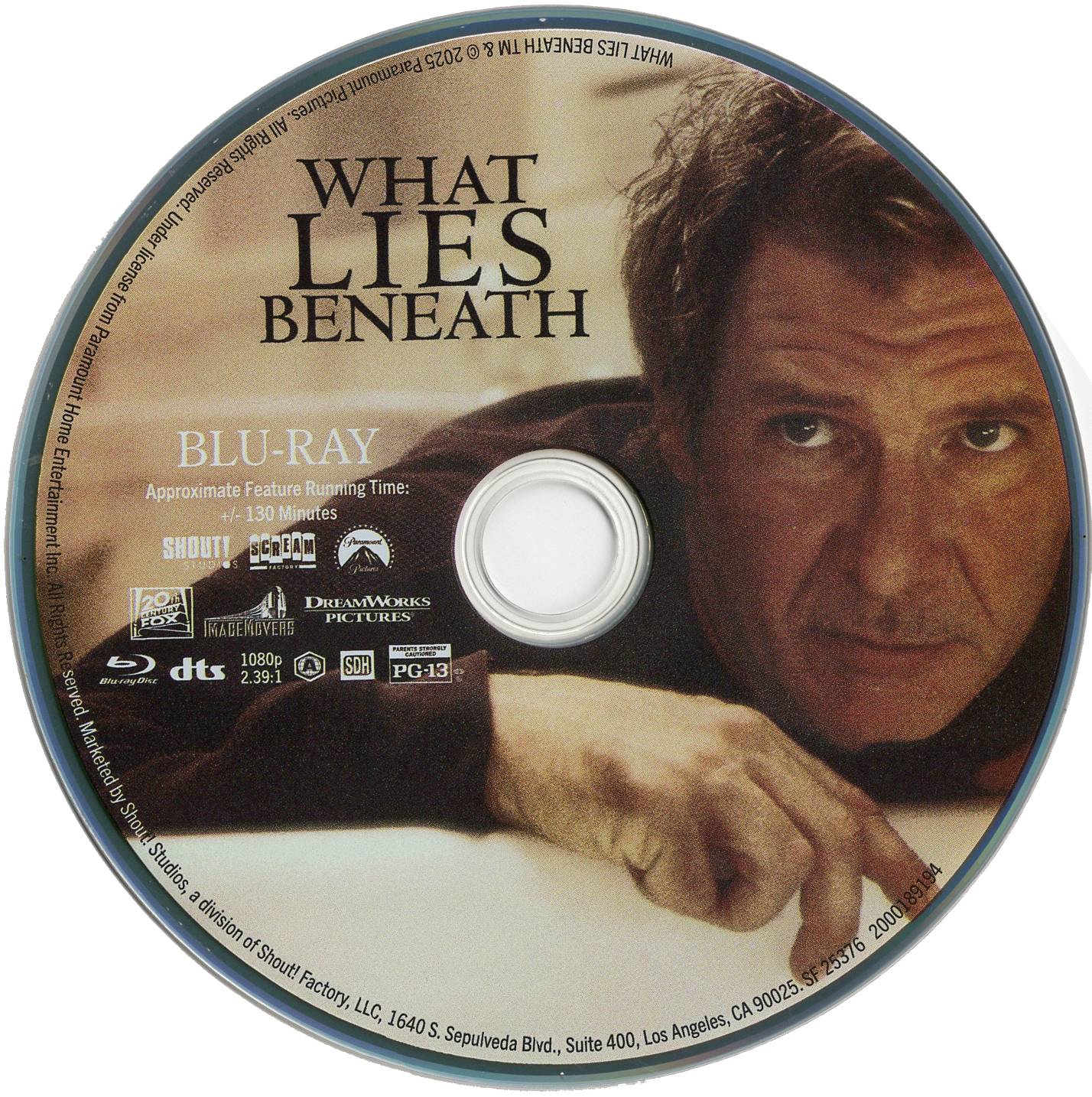
What Lies Beneath released in 2000, smack in the middle of what would become a banner era for paranormal horror. In 1999, M. Night Shyamalan’s The Sixth Sense had everyone seeing dead people; later, in 2001, Nicole Kidman’s creepy children and more traditional setting terrified with The Others. Robert Zemeckis’ film about a haunted Vermont manse wherein Michelle Pfeiffer sees an apparition of a woman in bodies of water was less well-received than those other canonical movies, but it also may have been overshadowed by the more elaborate conceits of those storylines. Here, Clark Gregg’s script is more insular and intimate, choosing to focus almost solely on the husband and wife duo involved in the haunting.
Pfeiffer stars as Claire, a woman experiencing a sort of empty nest syndrome in her relatively new house on the Vermont coast after her daughter heads off to college. At the outset of the film, it appears both her and her husband Norman (Harrison Ford) have a pretty happy home life (and who couldn’t learn to love such a picturesque house on the water?) despite Norman’s busy work schedule and Claire’s loneliness at home. Eventually, Claire begins to experience basic hauntings at the house and sees the ghostly presence of a woman that looks strangely like her; and, noticing the strife in her neighbors’ lives, begins to suspect in Rear Window fashion that the man next door may have murdered his wife.
Gregg’s script runs through a number of tropes throughout the film’s lengthy runtime. Murder, the paranormal, and domestic disputes all make their way into the proceedings, and the consistent morphing of the film’s subject matter makes for a pretty entertaining watch throughout while also hinting at an identity disorder. Pfeiffer is excellent in the lead role, relying on wild-eyed expressions, strong dialogue delivery, and an overall heavyweight presence to carry the film’s messy twists and turns. Ford isn’t really afforded much to do here, especially considering his personality is meant to have eclipsed Claire’s; we don’t really get to see that too often, which is of course part of the film’s intentions to hide from the audience but also seems a bit withholding.
While What Lies Beneath has a number of different plot tangents, its best moments do often occur during the haunting sequences. Zemeckis follows the basic elements of torquing tension, and the eerie lakehouse setting and constant water symbolism works well within the confines of the storyline. There are more than a few moments where the standard jump sequence is employed with enough uniqueness to spook the audience, especially when the film steps away from the tried-and-true formulaic lead-ups. In truth, Gregg’s script is somewhat predictable and so there’s not a lot of perceived malevolence toward Claire from the ghost, but a particularly interesting scene finds the spirit possessing Claire’s body to enact her bidding – another outstanding performance from Pfeiffer getting to work in some sultriness instead of the tired housewife format she’s boxed into for most of the movie.
Unfortunately, the film’s biggest problem is its script, which trots out tired excuses for even more lackluster twists. What Lies Beneath telegraphs most of its mysteries from the start, and even despite its release in 2000 the overall conclusion would likely still have seemed hackneyed. While Gregg works in a number of pointed thematic elements – Claire’s focus on other people’s problems when her own life is on the brink of falling apart, for example – it’s hard to excuse the film’s long running time to get to such a trite reveal. Another major issue is the overuse of the “woman with emotional issues” trope to excuse why other characters won’t believe Claire. Not only that, but there’s also a questionable inclusion of amnesia so Claire conveniently forgets events in the recent past that would explain the haunting outright.
The result is a film that offers up a mildly entertaining ghost story, but what lies beneath is relatively shallow in comparison to some of the best paranormal films. Even so, Pfeiffer does her best to hold the film above water with a stellar performance, and Zemeckis’ suspense keeps the film engaging by offering a number of Hitchcock-inspired moments from Rear Window to Psycho.
4K UHD
Scream Factory has released What Lies Beneath on 4K UHD for its 25th anniversary with a new 4K transfer from the original camera negative approved by cinematographer Dan Burgess. Video quality looks excellent here; the source is obviously in great shape, with almost no visible damage presented in the final product. Grain is medium-bodied and resolves nicely especially during the film’s darker sequences or during the steamy bathtub scenes. Skin textures are crisp and background elements are prominently on display. This release employs Dolby Vision/HDR 10 as well, and color grading is quite good, maintaining the cool blue watery tones intended to match the theme while also managing the golden autumn Vermont colors and vibrant garden splendor. Black levels are surprisingly robust without oversaturation. Overall, a really great transfer for this now 25-year-old film.
For audio, both DTS-HD Master Audio 5.1 and 2.0 stereo tracks are included. What Lies Beneath is primarily forward-mixed with dialogue; however, this 5.1 surround track does make nice use of the satellite speakers during key scare moments, and the bass mixing also sounded quite good with low-end rumble to lead up to those suspenseful moments. Dialogue is clear and voluminous for the most part, though some of the phone conversations lack the oomph needed for the person on the other end. The 2.0 stereo track is also a good choice, managing everything nicely without the more surrounding ambient cues. Both tracks sound good here. English subtitles are included as well, with a couple of key mistakes noted.
For the 25th anniversary, Scream Factory has included a new feature-length making-of extra on the Blu-ray version of this release. This nicely-edited feature collects interviews with Robert Zemeckis, Clark Gregg, Sarah Kernochan, and other behind-the-scenes crew to effectively run through the entire production of the film; this runs through everything from casting, to getting particular camera shots, to the costuming and scene-setting. It’s a revealing documentary and adds another level of appreciation to the work that went into the film. Also included is an archival featurette called “Constructing a Thriller” which is an EPK-style rundown of the film as well as a background on Zemeckis’ filmography. This release features a previous audio commentary with Zemeckis and producers Jack Rapke and Steve Sarkey, included on both the UHD and Blu-ray discs. The last extra is a theatrical trailer.
Extra Features
DISC ONE (4K UHD):
- NEW 4K Transfer From The Original 35mm Camera Negative Approved By Cinematograper Don Burgess
- NEW Presented In Dolby Vision (HDR-10 Compatible)
- Audio Commentary With Director Robert Zemeckis
DISC TWO (BLU-RAY):
- NEW 4K Transfer From The Original 35mm Camera Negative Approved By Don Burgess
- Audio Commentary With Director Robert Zemeckis
- NEW “You Know: Uncovering What Lies Beneath” – A Feature-Length Retrospective Documentary Including Brand-New Interviews With Robert Zemeckis, Producers Steve Starkey and Jack Rapke, Writers Sarah Kernochan and Clark Gregg, Cast Member Amber Valletta, Director Of Photography Don Burgess, Production Designer Rick Carter, Costume Designer Susie DeSanto, Composer Alan Silvestri, Visual Effects Supervisor Robert Legato, Special Effects Supervisor Shane Mahan, and Puppeteer Jason Matthews (1080p; 1:22:30)
- “Constructing A Thriller” Featurette (1080p; 15:01)
- Theatrical Trailer (1080i; 2:28)
Verdict
What Lies Beneath isn’t a compulsory watch in the paranormal genre but it offers up a pretty entertaining, if slightly generic, ghost story throughout its runtime. This 25th anniversary collector’s edition features an excellent transfer and a wonderful documentary looking back at the film’s conception, and should be a good addition to any horror fan’s collection. Recommended.

